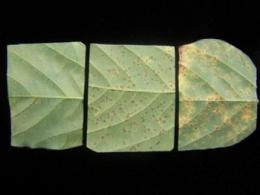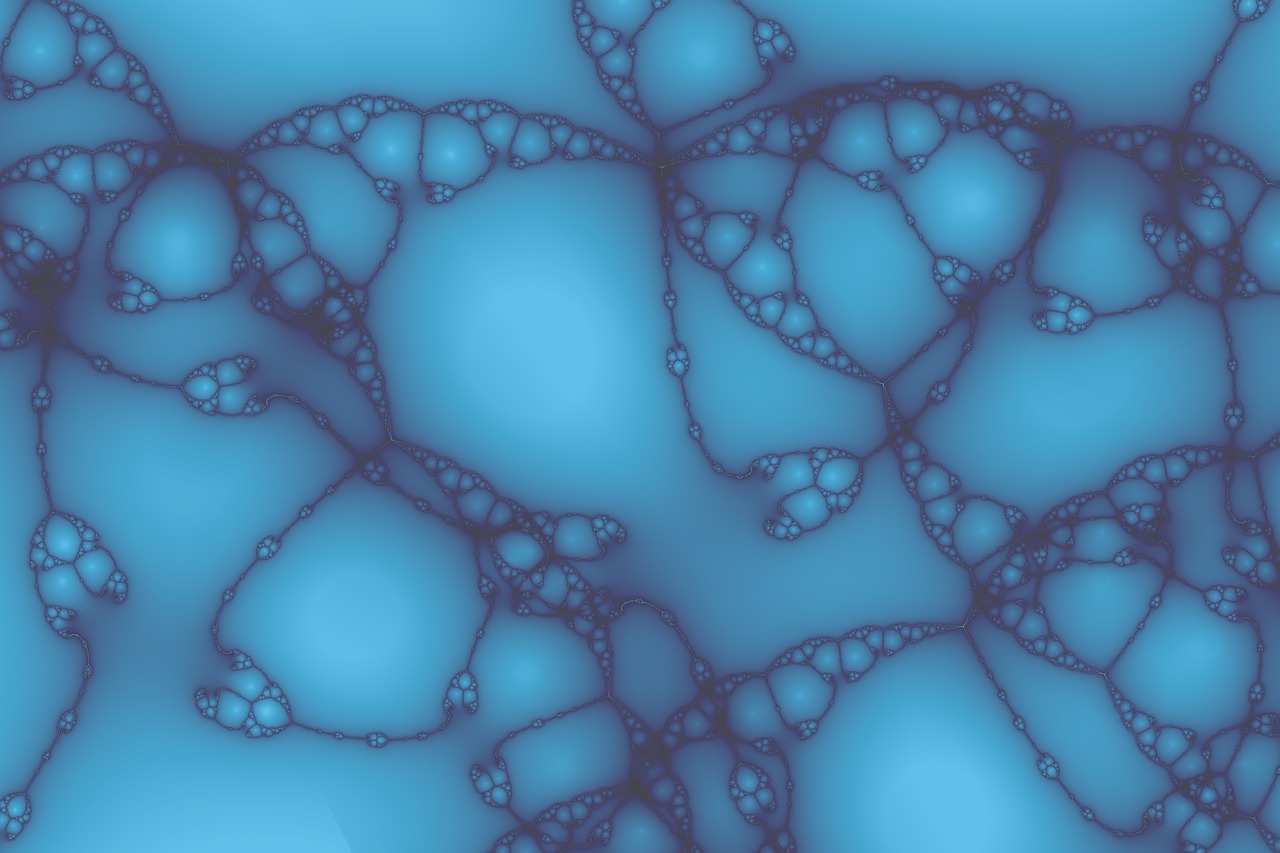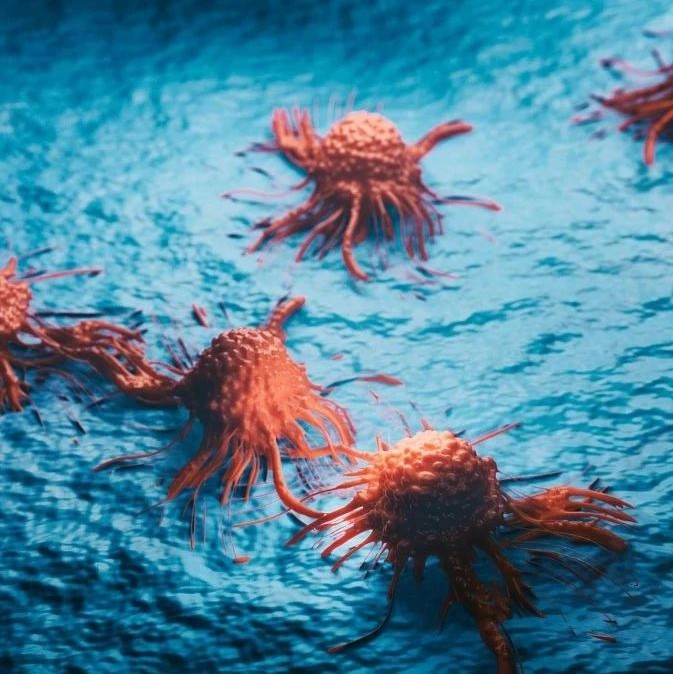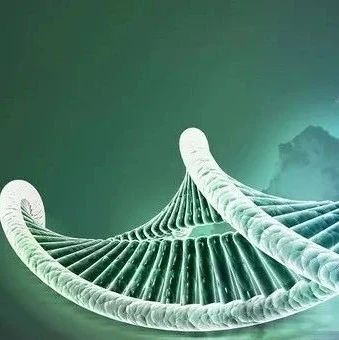
大豆锈病
摘要: 格伦, 哈特曼说:“在培育新种系时,一种新的方法可检测大豆锈病抵抗力”。 哈特曼和他的团队成功运用定量聚合酶链反应(Q - PCR)技术,检测出大豆叶组织的真菌DNA含量,在单个植株中量化出抗大豆锈病的抵抗水平。
A new tool is available to select for soybean rust resistance in breeding populations, said Glen Hartman, University of Illinois professor of crop sciences and USDA-ARS scientist. Hartman and his team of researchers successfully used quantitative polymerase chain reaction (Q-PCR) assays to assess fungal DNA in soybean leaf tissue to quantify the level of resistance in individual plants with resistance to soybean rust.
"This is not a new technique," Hartman said. "But it is a new tool for use in soybean rust resistance breeding, which has typically used phenotyping or visual assessment to measure resistance. We discovered that we can perform more precise and quicker assessments using this molecular technique."
Visual assessment is subject to interpretation and is not an exact science, Hartman said. However, Q-PCR allows for exact enumeration of fungal DNA in the tissue. This is particularly helpful when plants show similar visual symptoms, but colonization levels vary based on fungal DNA levels.
"The eye can easily tell us if it's a plus or minus for qualitative resistance, but Q-PCR tells us the quantitative resistance or the gray that lies between the plus and minus," Hartman added.
Often qualitative resistance doesn't last as long as quantitative resistance because it involves a single gene. Pathogens can overcome a single gene more easily, putting soybean breeders right back to where they started with a susceptible reaction, he said.
"In quantitative resistance where multiple genes are working together to form resistance, breeders have to distinguish the gray area between susceptible and resistant," Hartman said. "It takes a lot to do that visually with your eye. You can look at samples under a microscope and take multiple measurements But, it's hard and time consuming, particularly when you are working with breeding populations and hundreds of samples."
Hartman said this technique will be useful for plant breeders trying to breed soybeans for resistance to soybean rust.
"We believe Q-PCR will save time and be more precise," he said. "The precision part is very important. The more precise you can be, knowing exactly what the line is reacting to, will lead to more precise mapping of the quantitative resistance genes."
The mapping of this particular quantitative resistance is very important to breeders selecting for rust resistance, Hartman said.
"It's a numbers game," he said. "In developing soybean cultivars, a large number of lines need to be evaluated so many inferior lines have to be discarded. In terms of breeding for soybean rust resistance, this technique can help determine which lines are more resistant to rust when it comes to the gray areas or quantitative resistance."
More information: This research, "Comparisons of Visual Rust Assessments and DNA Levels of Phakopsora pachyrhizi in Soybean Genotypes Varying in Rust Resistance," was published in the April 2011 issue of Plant Disease.







